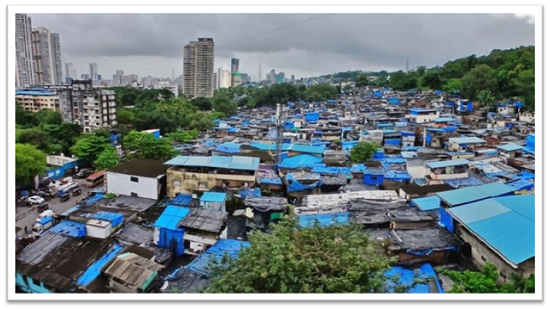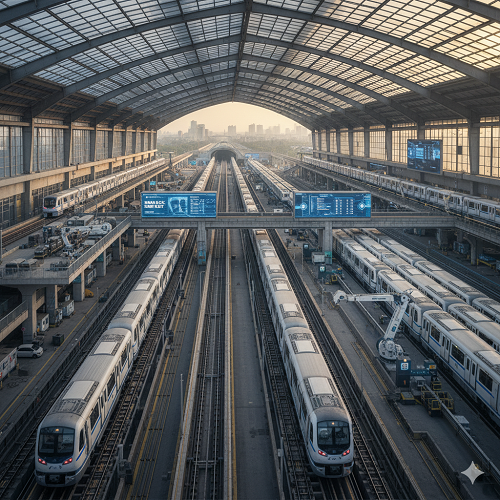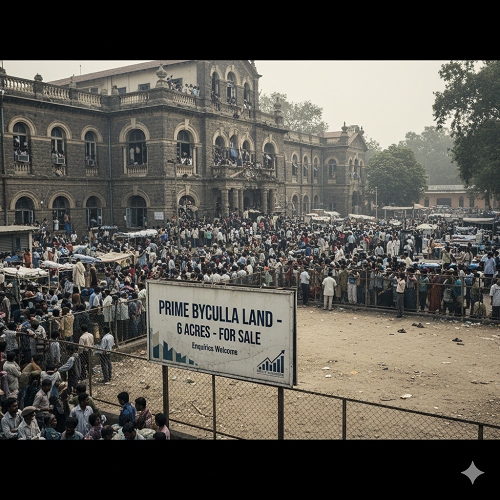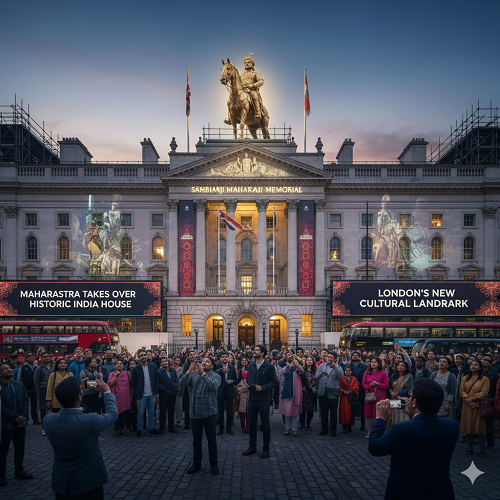
Mumbai’s Slum Redevelopment Reset: Maharashtra’s Bold New Policy Poised to Transform the City Faster Than Ever
Mumbai’s urban landscape has long been defined by its contrasts-gleaming financial districts rising beside vast informal settlements that house nearly 42 percent of the city’s population. Redevelopment has always been a complex negotiation between ambition and bottlenecks, shaped as much by regulatory constraints as by the city’s unique social fabric. For decades, efforts to modernize slum clusters have struggled to keep pace with the city’s economic growth, leading to delays, fragmented interventions, and uneven outcomes.
The Maharashtra government’s latest policy shift, which enables cluster redevelopment without the need for individual consent, marks a decisive departure from this incremental approach. By focusing on large, contiguous land parcels and empowering the Slum Rehabilitation Authority (SRA) as the central driver, the new framework aims to bring speed, scale, and predictability to Mumbai’s urban renewal efforts. This is not just another procedural tweak; it is a structural recalibration intended to align the city’s developmental trajectory with the realities of its population density, safety concerns, and future housing needs.
A Structural Shift in Slum Redevelopment Policy
The new government resolution (GR) places the Slum Rehabilitation Authority (SRA) at the heart of a more expansive redevelopment architecture. For the first time, clusters spread across a minimum of 50 acres can move forward without individual approvals from slum dwellers. The rationale is clear: while individual consent safeguards participation, it has historically introduced delays stretching up to five years, particularly in projects involving thousands of families. Under the updated framework, if 51 percent of the land area is occupied by slum dwellers or slum structures, the entire cluster becomes eligible for redevelopment, creating a more streamlined pipeline of projects across the city.
Bringing CRZ Zones Into the Development Fold
One of the most consequential changes is the inclusion of CRZ–I and CRZ–II zones. These coastal belts, which house nearly 15 to 20 percent of the city’s slum population, were previously off-limits for large-scale redevelopment. The GR now permits in-situ rehabilitation or relocation within a five-kilometer radius, provided environmental and DCPR 2034 norms are respected. This strategic shift opens up new possibilities for decades-old settlements in coastal areas, many of which remain vulnerable to monsoons, erosion, and climate-related risks.
Integrating Government, Semi-Government, and Central Lands
Mumbai’s land ownership is famously fragmented across agencies such as the Railways, Port Trust, Defense, and various state authorities. A significant breakthrough in the new GR is the inclusion of central government-owned land, subject to approvals from relevant departments. With over 1,000 acres of such land across the city, this integration marks a potentially transformative step. The framework also brings in dilapidated structures, old chawls, rental tenements, and development cess buildings, addressing longstanding safety concerns in the process.
Priority for Developers and a Streamlined Approval Structure
The policy introduces a transparent prioritization mechanism for developers. If a developer already owns or controls 40 percent or more of land within a designated cluster, they may be given priority to implement the redevelopment. This reduces friction in partially consolidated sites and improves project viability. Oversight will be handled by a high-level committee chaired by the Minister for Housing and Urban Development, supported by the Housing Secretary, BMC Commissioner, SRA CEO, and representatives of the concerned landowning authority. This centralized governance structure aims to overcome the chronic coordination challenges that have slowed redevelopment in the past.
The Economic and Social Logic of Cluster Redevelopment
Cluster redevelopment offers advantages that piecemeal projects inherently lack. Larger land parcels allow for integrated planning: wider roads, modern drainage systems, open spaces, community facilities, and better commercial alignment. A single 50-acre redevelopment project can rehabilitate tens of thousands of families in a planned environment. Economies of scale also make financing and execution more predictable for developers, while residents benefit from improved safety, hygiene, and infrastructure.
Implementation Challenges and the Path Forward
Despite its potential, the new framework’s success will depend on implementation discipline. Without the requirement of individual consent, public institutions now carry a greater responsibility to ensure transparency, fair rehabilitation, and accessible grievance redressal. Clear timelines, continuous communication, and community involvement remain essential to building trust and minimizing disruptions to established social networks.
Toward a More Equitable and Resilient Mumbai
Mumbai’s geography offers little scope for horizontal expansion, making vertical, planned redevelopment the city’s most viable path. Maharashtra’s new cluster redevelopment policy marks a significant shift from fragmented rehabilitation to systemic transformation. If executed with rigour and sensitivity, this framework could reshape Mumbai’s housing landscape for decades, bringing the long-imagined vision of a slum-free, resilient, and inclusive city closer to reality.





